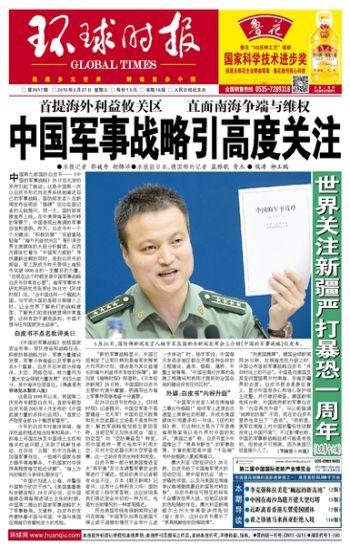戒烟(双语加油站●跟我学)
“吸烟者”或“烟民”,英语可以译为smoker。“连续吸烟者”,英语可以译为chain smoker。“非吸烟者”,英语可以译为non-smoker。例如:1. 作为世界最大的烟草生产国和消费国,中国有3 亿多烟民, 几乎等于美国人口总额。As the world's largest tobacco maker and consumer,China has more than 300 million smokers, almost the sizeof the U.S. population.
2. 香烟零售价格上涨对连续吸烟者产生的阻碍作用有限。The rising retail price ofcigarettes has a limited deterring effect on chain smokers.
3. 吸烟者比非吸烟者的头发稀, 而且容易更快地变灰白。Smokers have thinnerhair that tends to go graysooner than non-smokers.“吸烟”,英语动词译为to smoke; 名词译为smoking。“喷烟雾”,英语可以译为to puff away。例如:
4. 多数烟民从十几岁就开始抽烟了。Most people who smoke began smoking in their teens.
5. 吸烟有害健康。Smoking isharmful/detrimental/injurious/hazardous to health.
6. 在这座城市,可以在饭馆、学校和其他公共空间看到烟民喷烟雾。Smokers can be seen puffingaway in restaurants, schools and other public spaces in the city.“吸二手烟“,英语可以译为tobe exposed to secondhand smoke。例如:
7. 中国有7亿4000万人吸二手烟。In China, 740 million people are exposed to secondhand smoke.“香烟引起的疾病”,英语可以译为tobacco-related disease。例如:
8. 根据世界卫生组织,中国一年有100 多万人死于香烟引起的疾病。In China, over one million people die from tobacco-relatedillness annually, according to theWorld Health Organization.“ 戒烟”, 英语可以译为togive up smoking, to quit smoking, to stop smoking。例如:
9. 这名大学生已下定决心戒烟。The college student hasmade up his mind to give upsmoking.
10. 要求学校帮助学生戒烟, 并教育学生关于吸烟的害处。Schools are required to helpstudents quit smoking and educate them about the harm ofsmoking.
11. 我尝试了10 次才戒掉烟。It took me ten attempts toquit smoking.12. 当烟草产品的价格上涨10%时,戒烟的成年人数将增长3.7%。When the price oftobacco products rises by 10 percent, the number of adults whostop smoking will grow by 3.7percent.▲
(本栏目供稿:王逢鑫教授)

